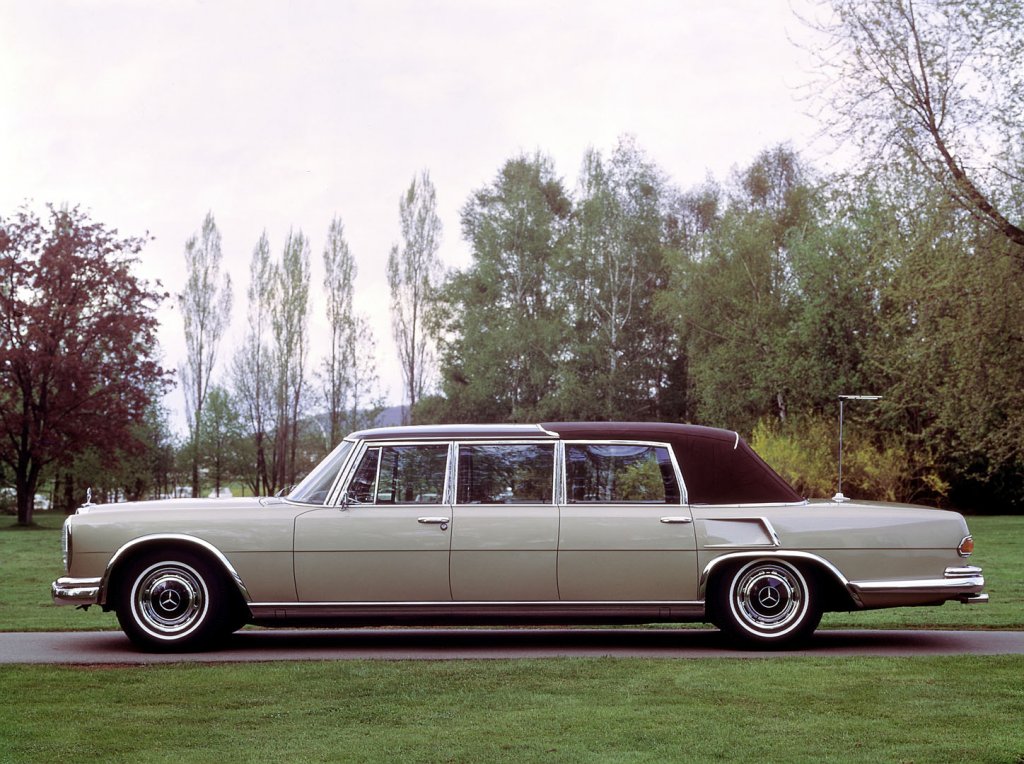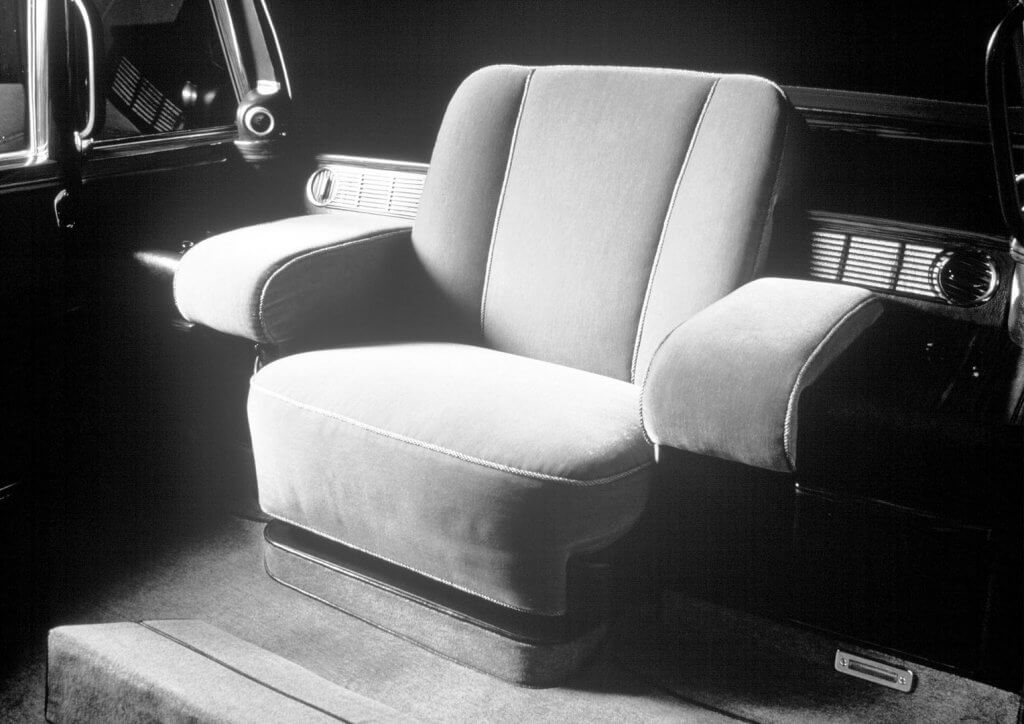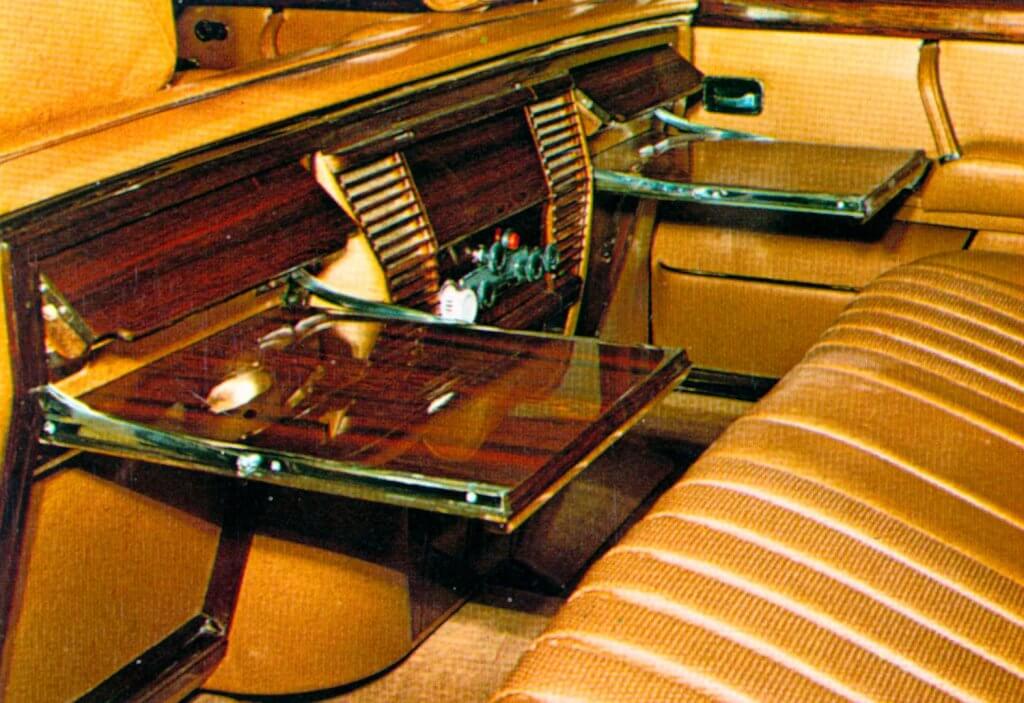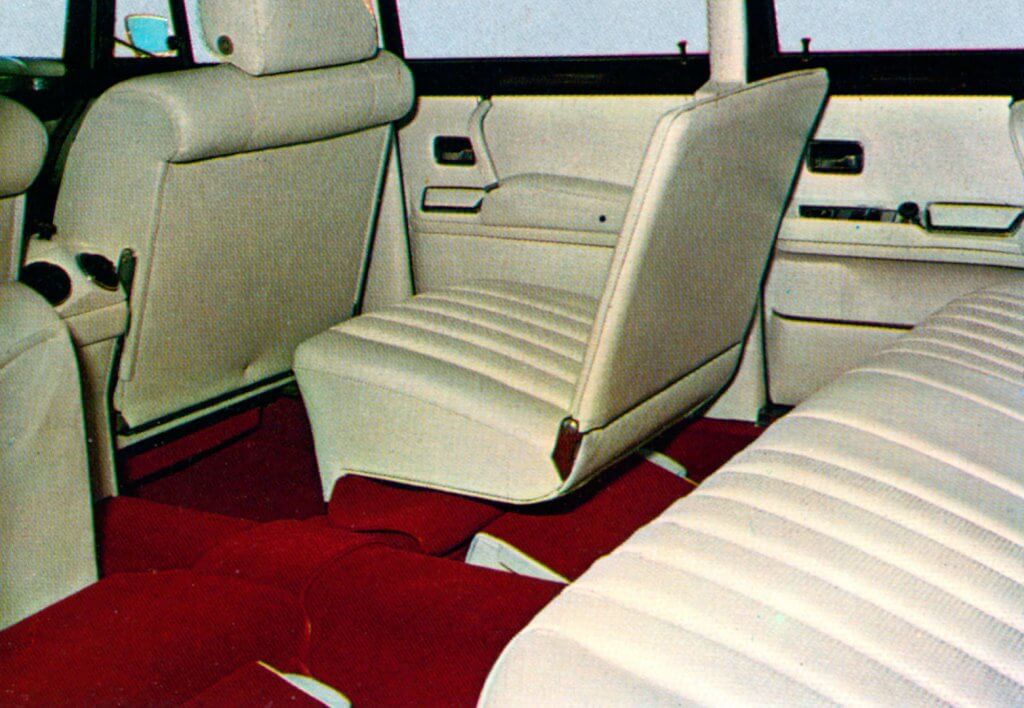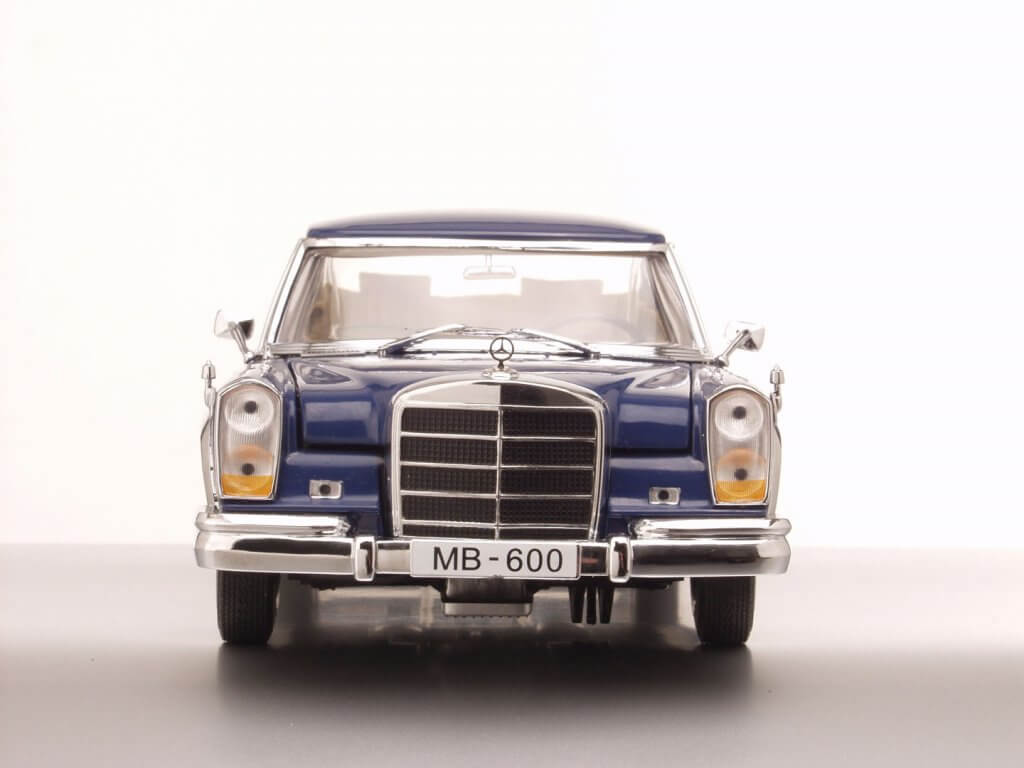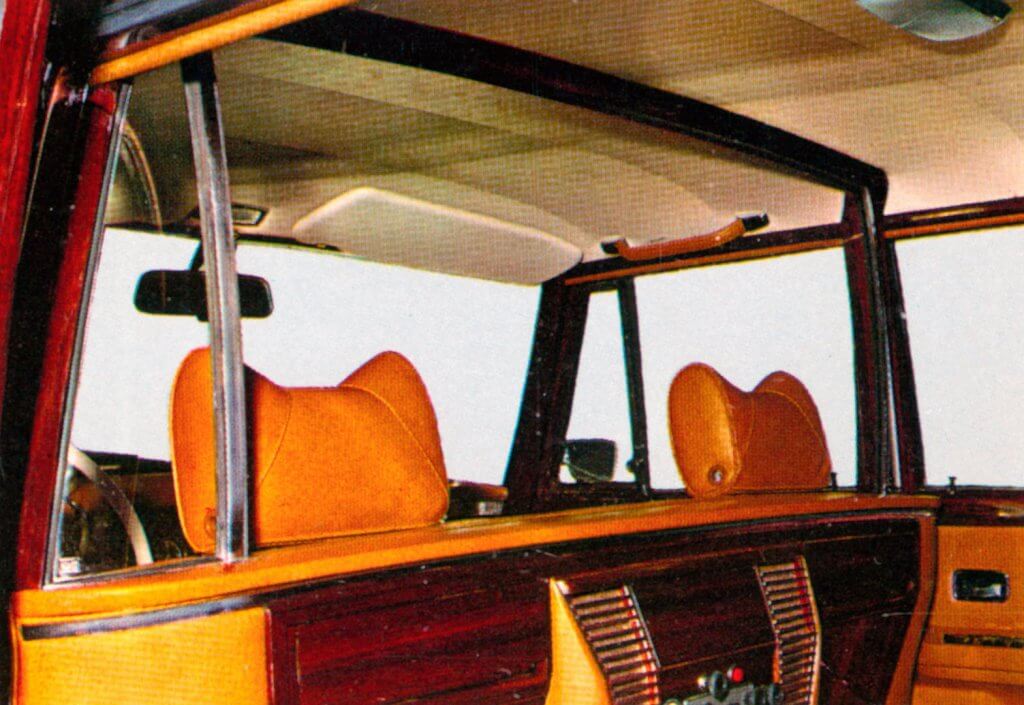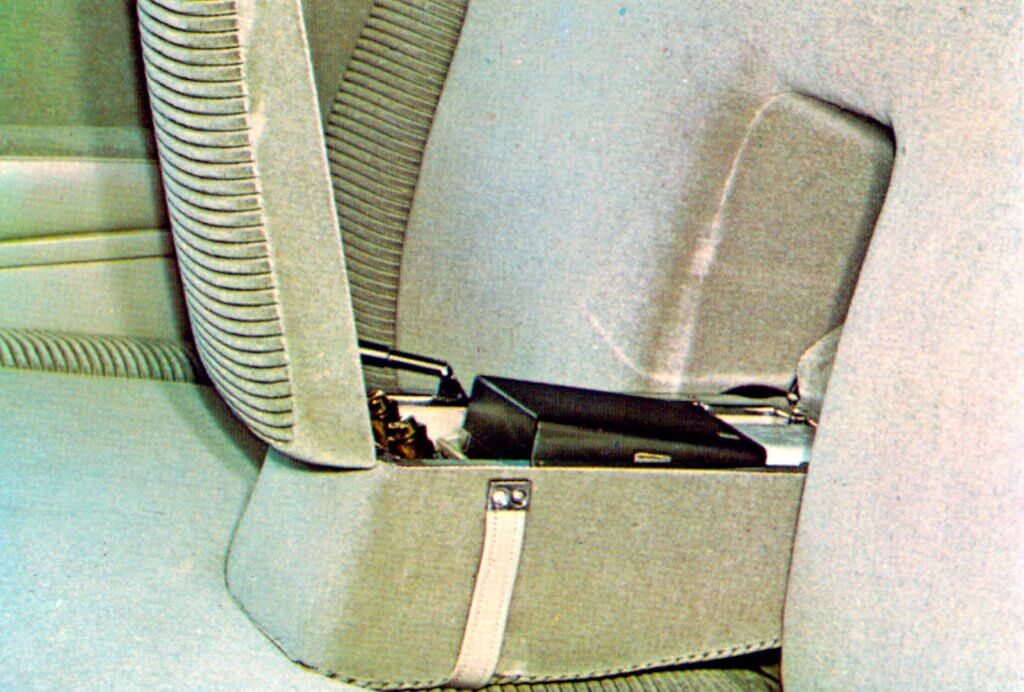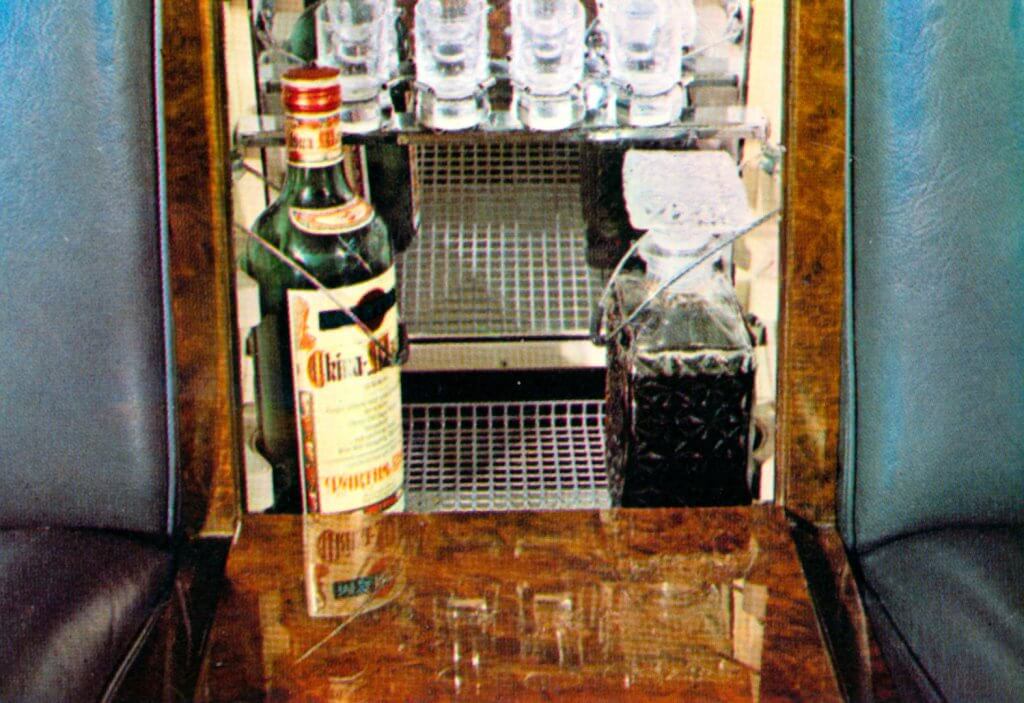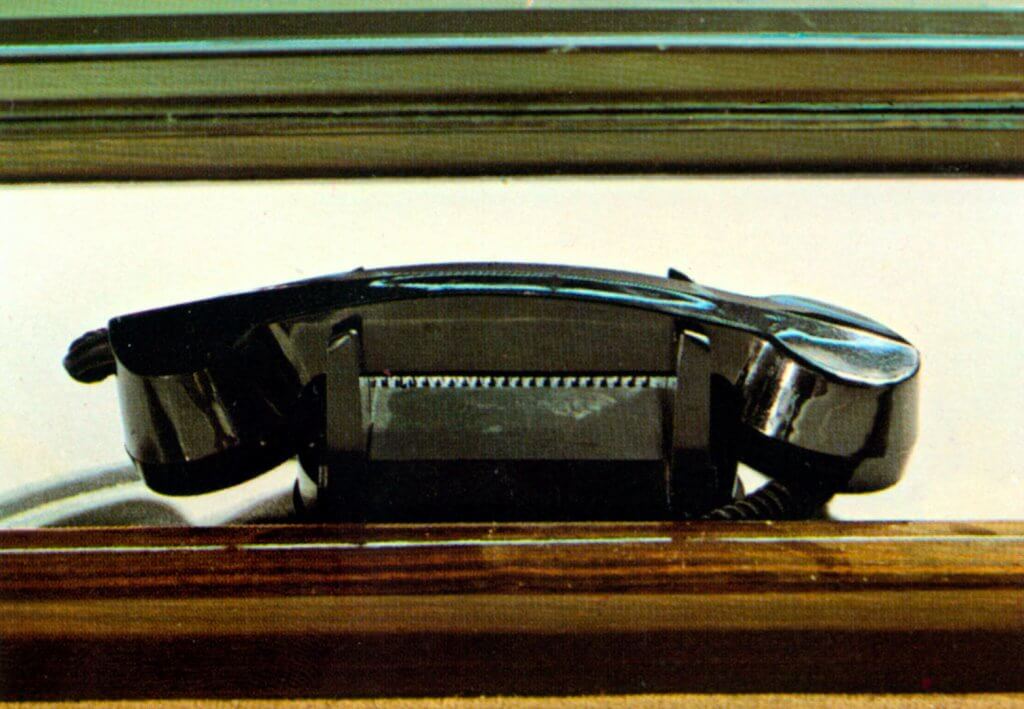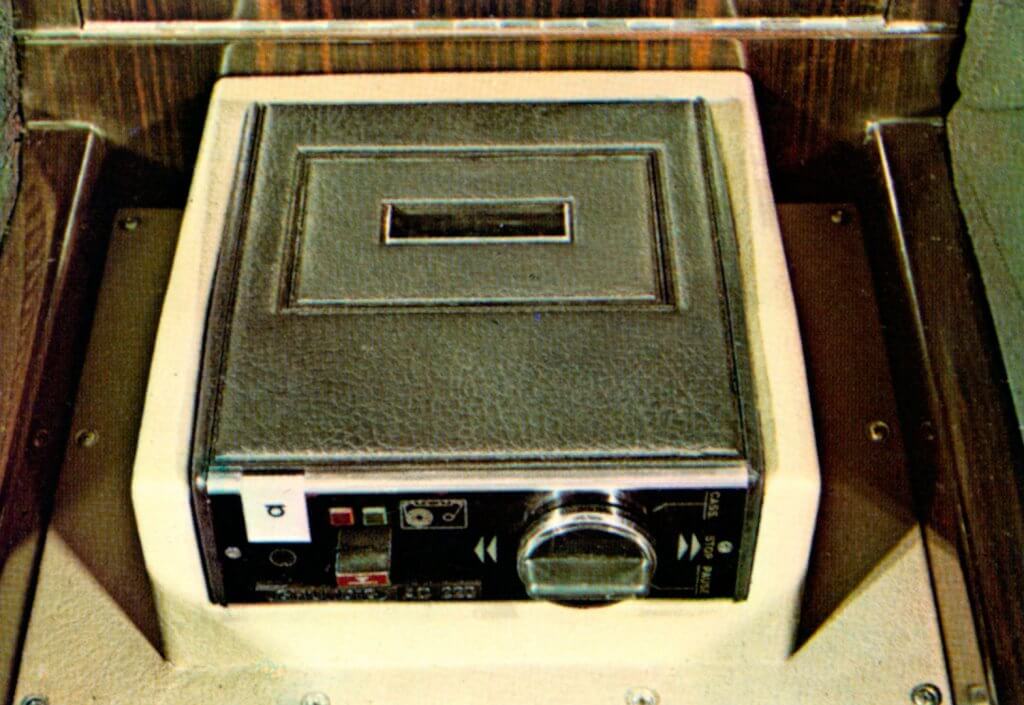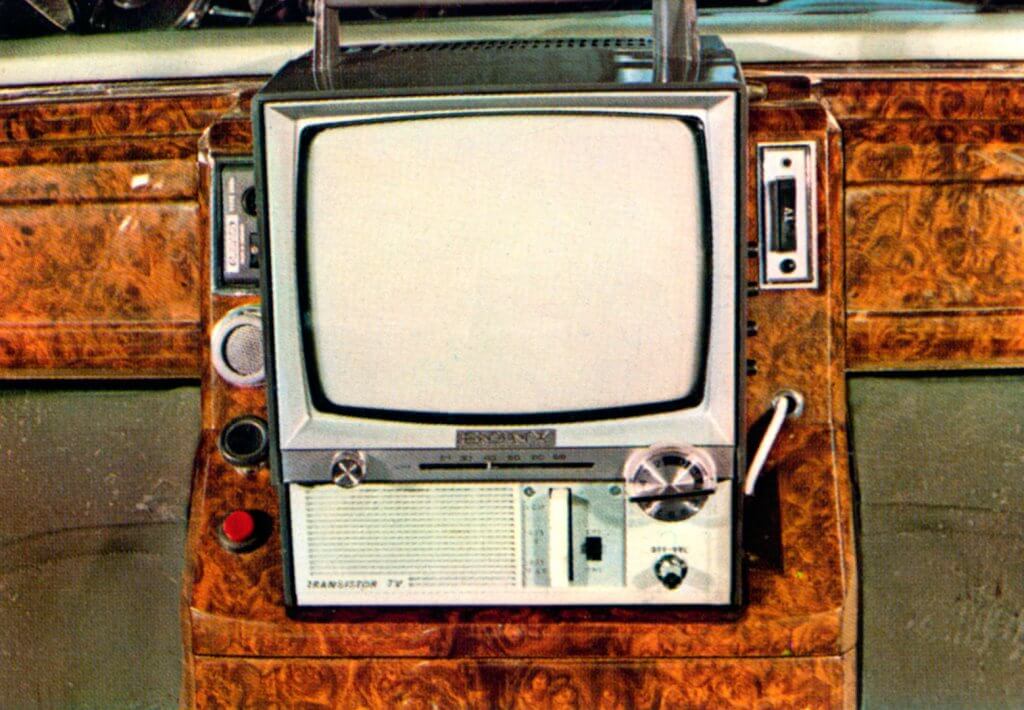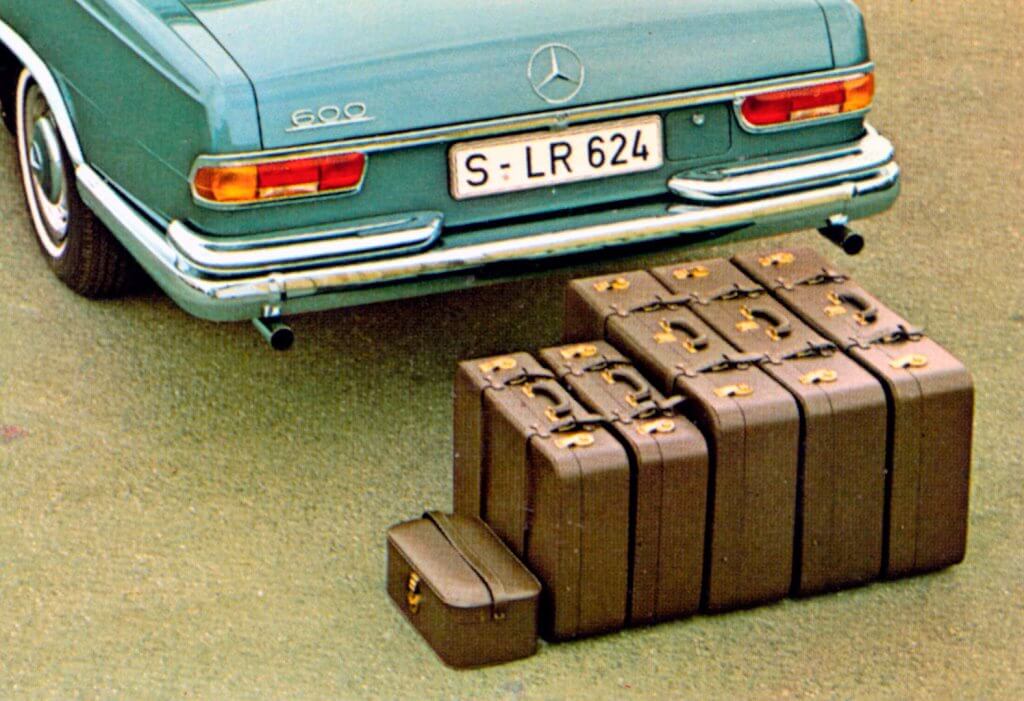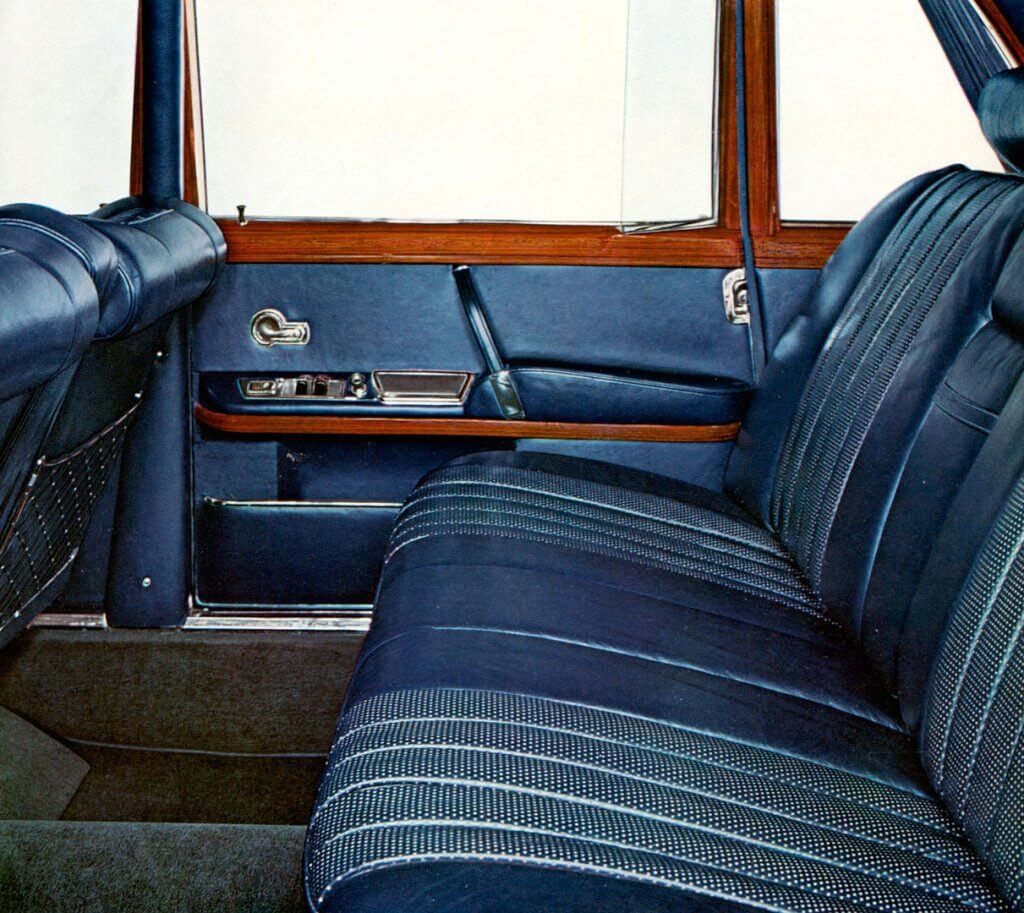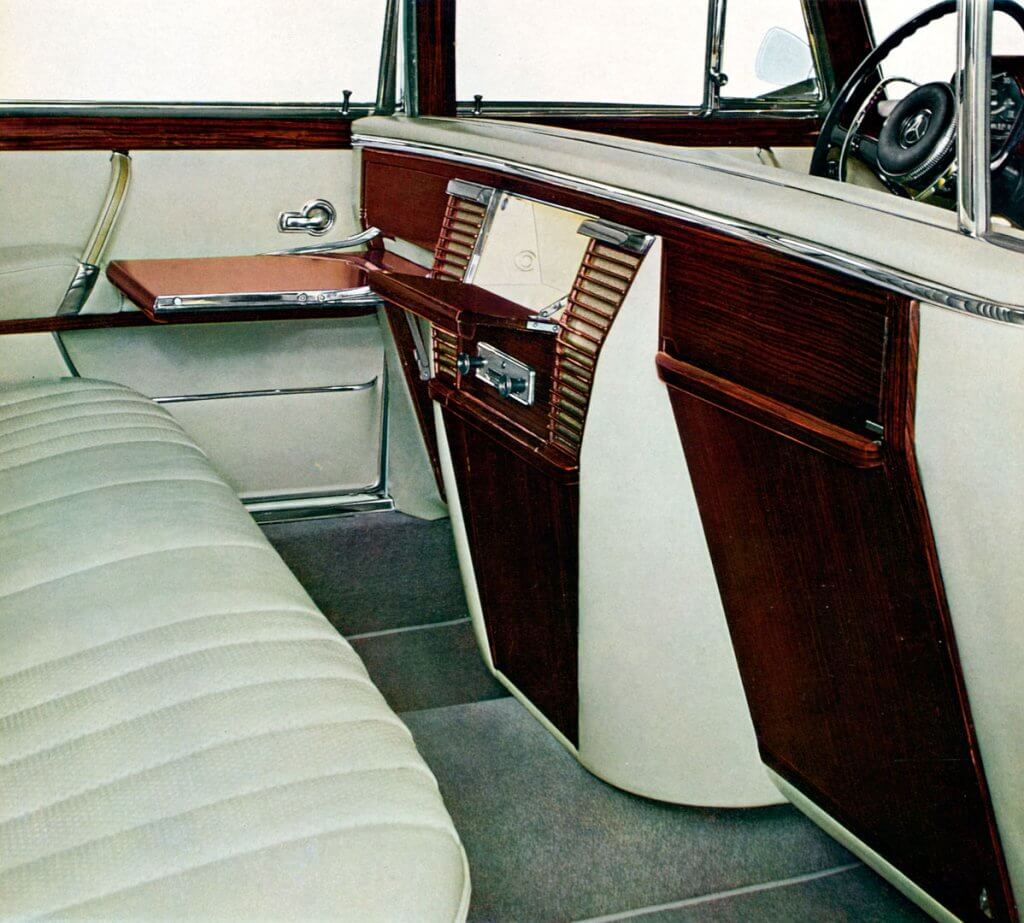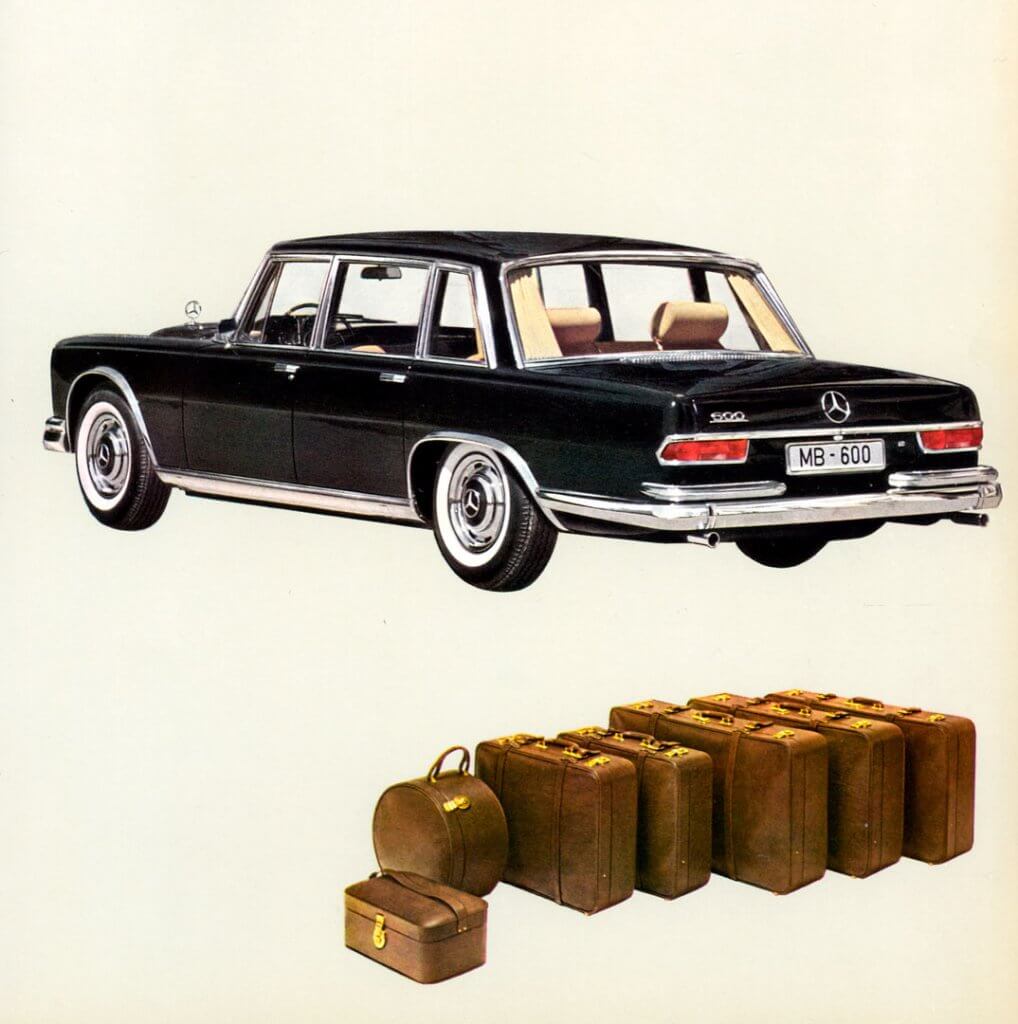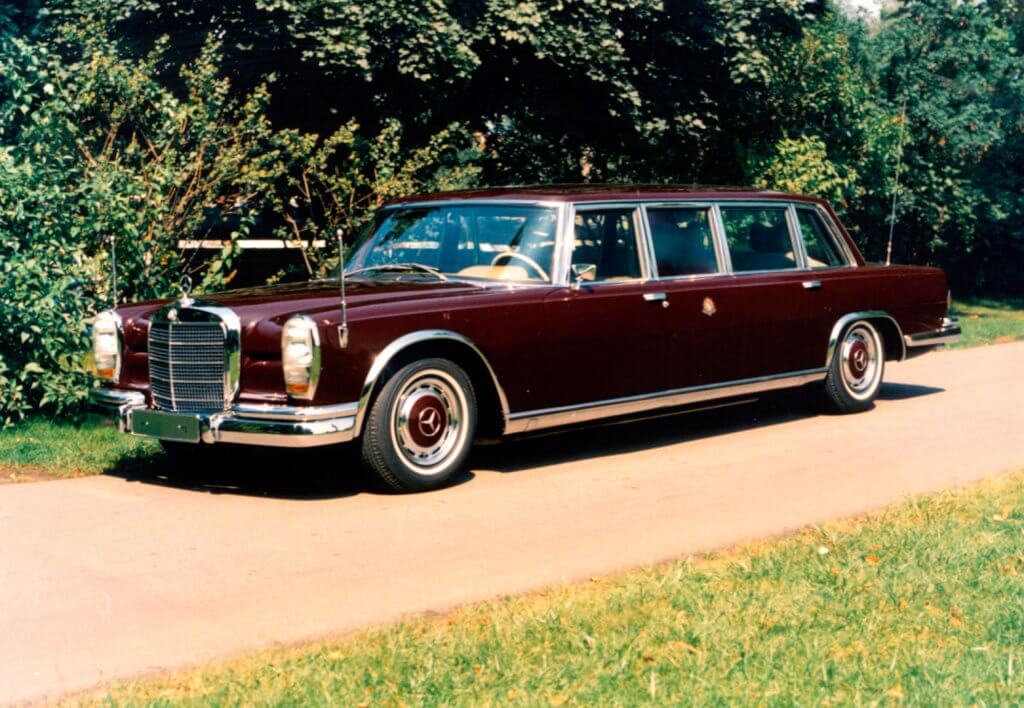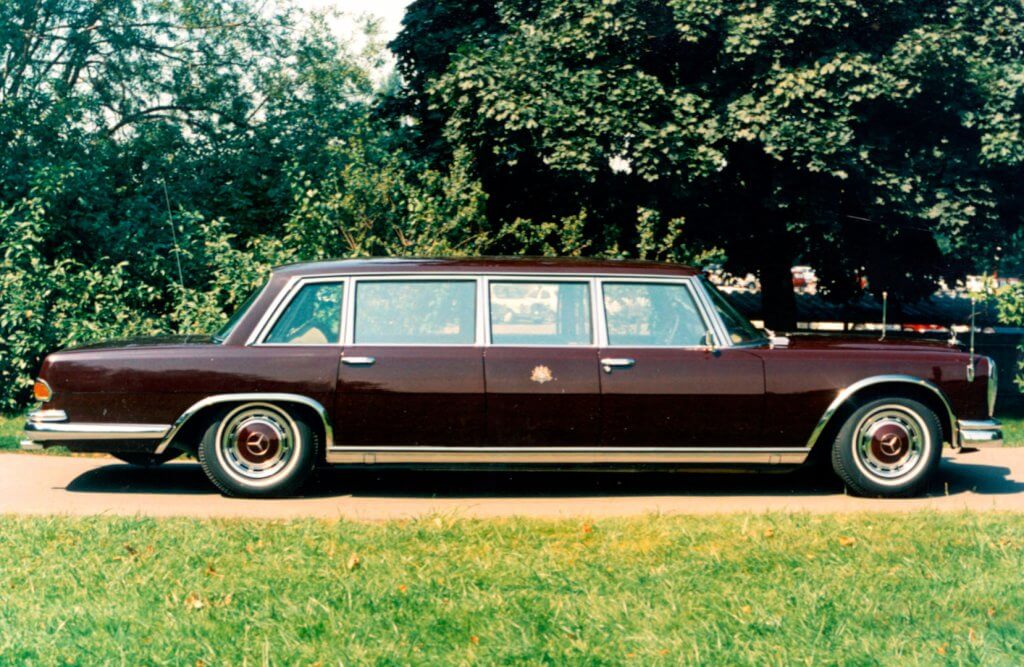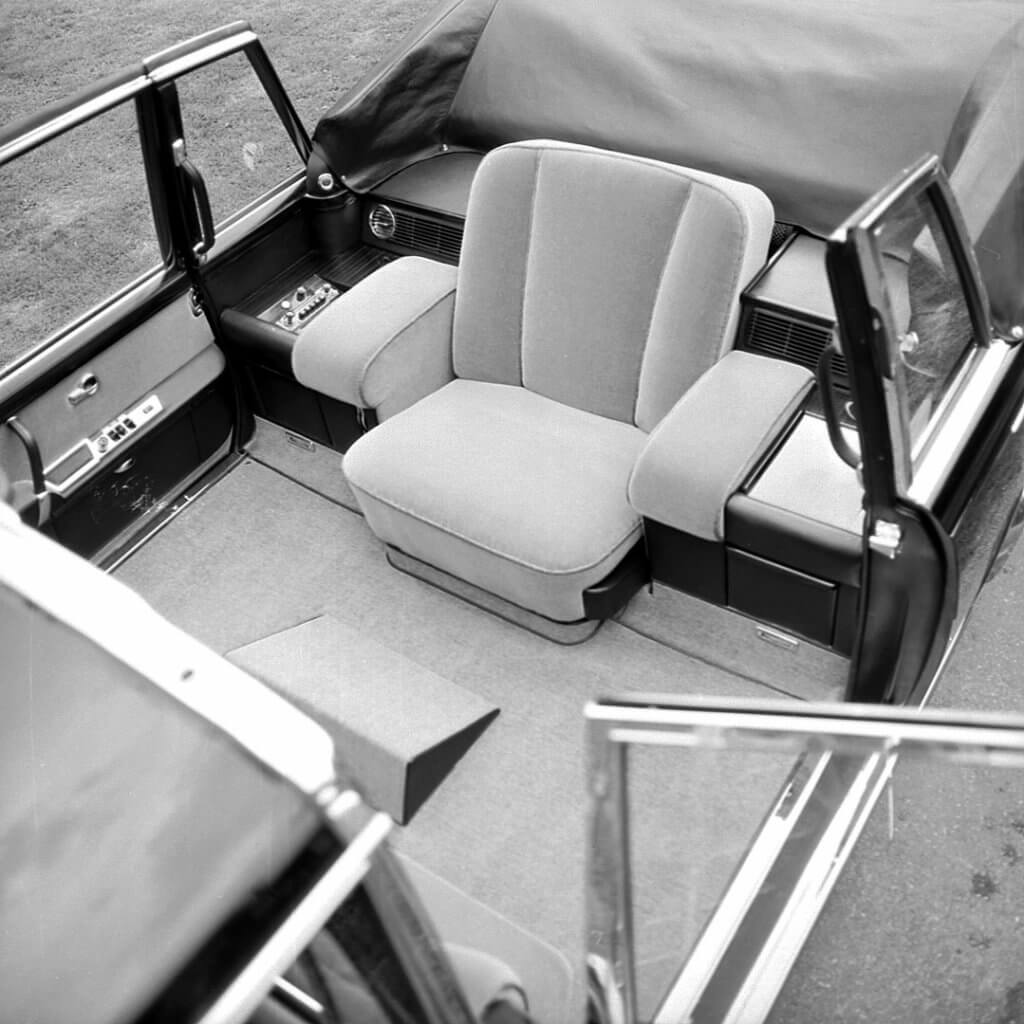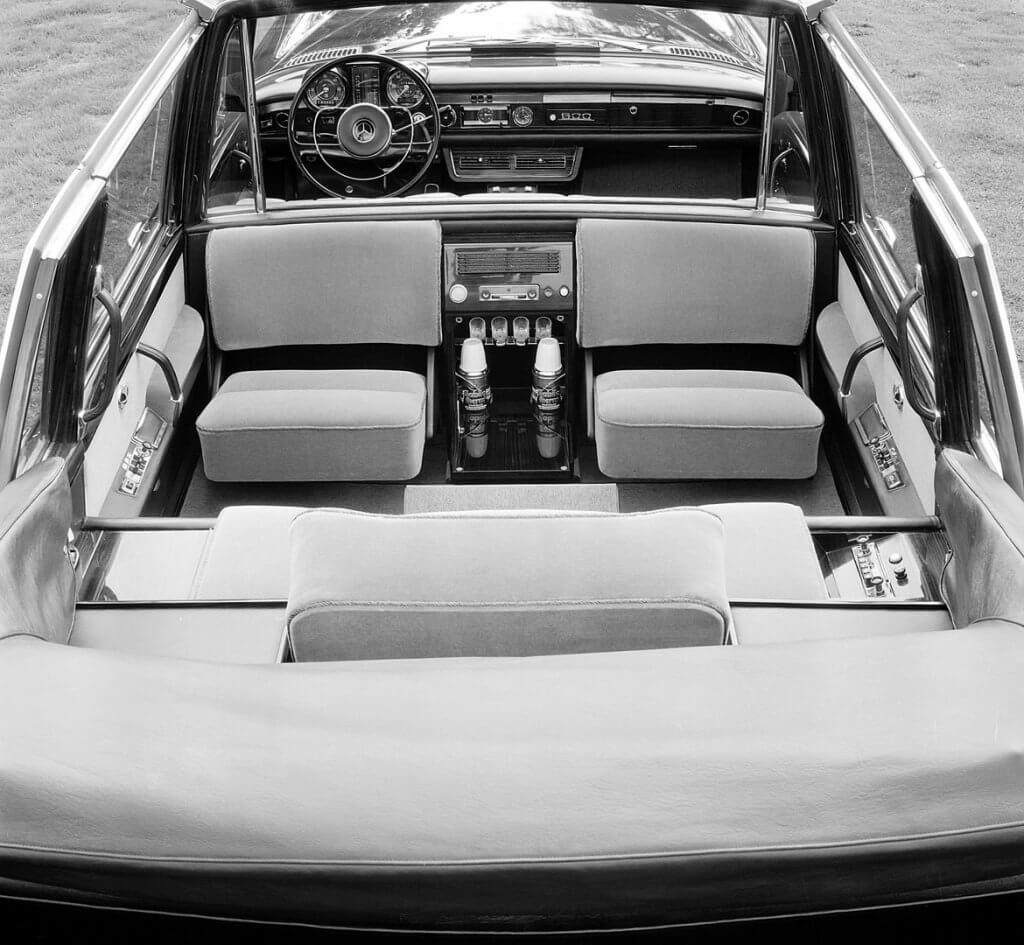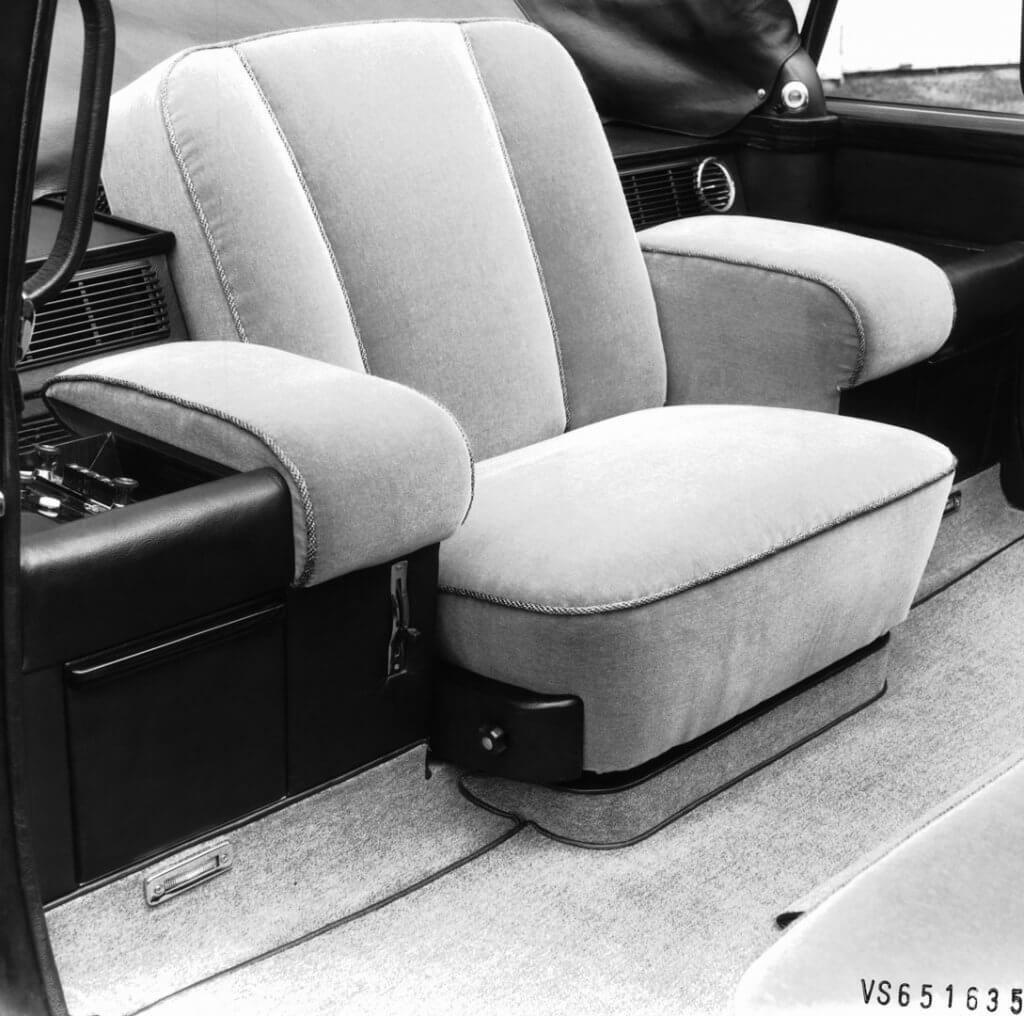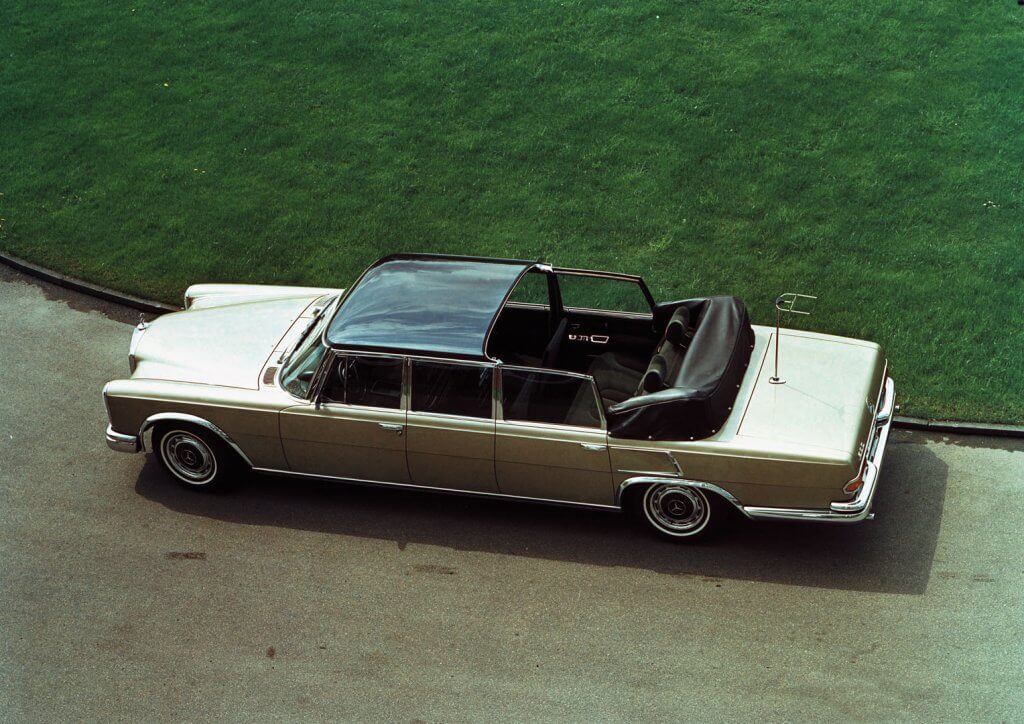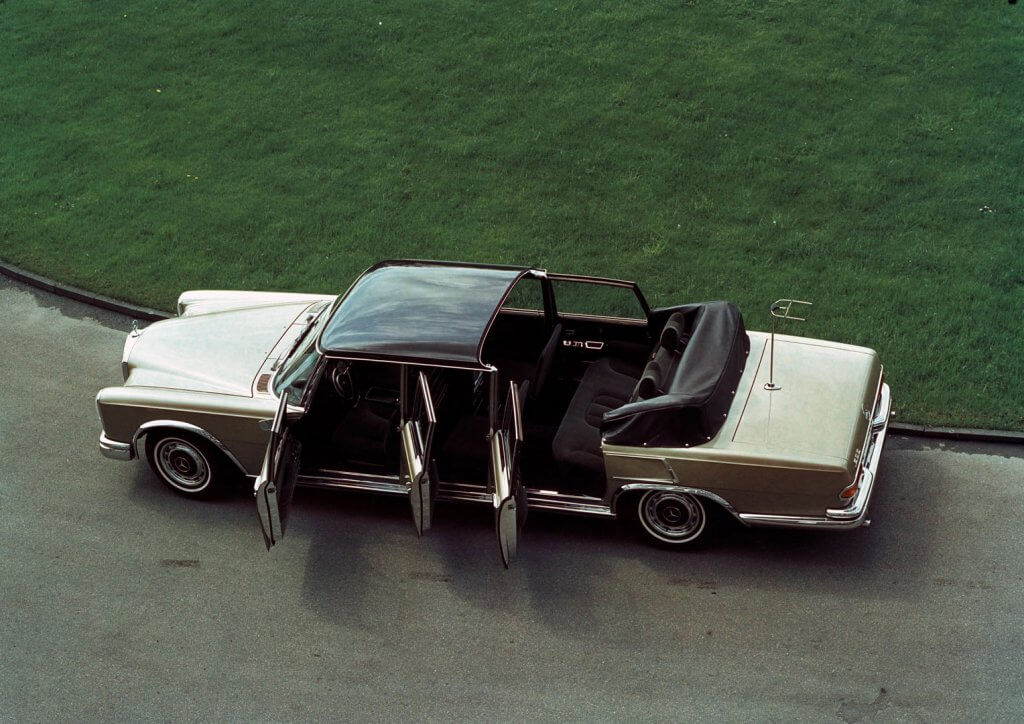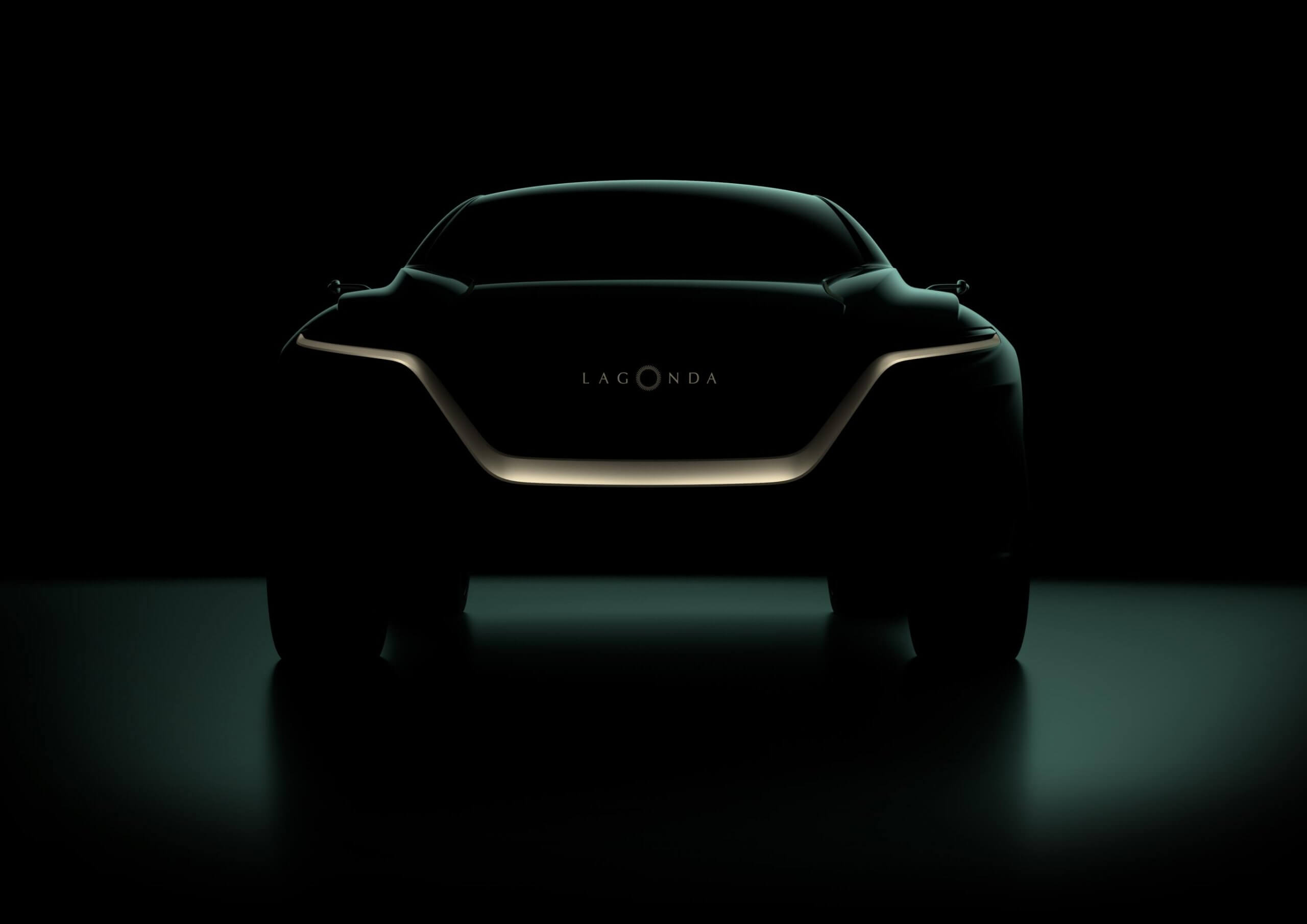At the beginning of the 1950’s a “Big Mercedes” could not mean only a huge body and stellar performance, society expected more of the Mercedes brand. The engineering teams at Untertürkheim and Sindelfingen wanted to build a car able to do all that other cars could do, but much better, and also able to do things no other car could dream of. The wanted to build a luxury automobile able to pamper the passengers and simultaneously able to perform like a sports car when the need arose. They wanted to build a car that was easy to drive, and extremely safe as well as reliable (crash testing was performed at an old USAF airfield). They also wanted a never before attained level of operating comfort, but this proved to be a daunting task.
The electric motors available at the time to assist the occupants in, for instance, raising or lowering windows, were deemed completely unsuitable by Uhlenhaut’s wizards. What the pedantic Rudolf did was that he ordered his people to run a competition. Werner Breitschwerdt designed a complete electric assistance system, and Ernst Fiala a hydraulic one. Finally, the latter won, and here’s how Breitschwerdt explained why this was the case: “Numerous functions which we wanted to have on the car could not be done at the time with electrics. It was a problem of space and weight, as among other things we would need to have a second battery in the car. The high-pressure hydraulic system we developed had the advantage of having small parts that were sufficient for operation with its high pressure. The hydraulics were simply smaller, quieter and lighter than the electric systems available at the time.” Some parts were developed at Sindelfingen, as aviation components used originally were too heavy. What the “Komforthydraulik” system did or helped with makes very impressive reading: it could close doors (door closing aid like on modern Mercedes cars), operate the sunroof, operate windows and the partition on so equipped cars, it could operate the trunk lid, open and close the 20 flap valves inside the heating and ventilation system, adjust front and rear seats, adjust the damper settings and unlock the parking brake.
Uhlenhaut paid special attention to the unity of two opposites: ride comfort and sporty handling. Air suspension, combined with the front parallel wishbones and the rear swing axle with brake dive compensation (a mechanical device, so-called “Koppelachse”, also used on the W126), gave the car the handling prowess so enthusiastically described by the first journalists who drove it. Reinhard Seiffert described in 1965 in the „Motor Revue“ magazine his feelings about the ride comfort of the Big Mercedes: “The abused cliche of sticking to the road like glue is wholly appropriate here, as the behavior is fully neutral and stays so also while driving in corners at high speed up until the stage when the lateral adhesion in the rear is a bit less than in the front, but all that is needed to retain control of the car is to unwind the wonderfully light and sensitive steering a bit. That is well outside the norm for production cars. One can drive the 600 over mountain passes as if it were a sports car, and a well-driven sports car will find it difficult to follow.”
The braking system was also the focus of much attention from the engineers. The Big Merc had a dual circuit braking system with disc brakes front and rear, the front ones measuring 291 mm in diameter and gripped by twin calipers per wheel. The braking system was supposed to be really low-effort for the driver, and thus the air from the air suspension compressor (10 bar pressure) was used for brake assistance. A conventional vacuum booster would be too bulky, and it would only boost by a factor of 4, whilst the air booster gave a boost factor of 17. Special cross-ply 9.00 x 15 tires were developed for the Mercedes 600 by Fulda and Continental to match the suspension setup perfectly. Think the Pullman was an aerodynamic nightmare with the Cd of a barn door? Wrong. The angular 600 has a drag coefficient of only 0.458. In comparison, the 230 SL of the same era (with hardtop) comes in at 0.515, and the seemingly sleek 190 SL at 0.461. Surprised? The famous M100 engine was also installed in the contemporary S-Class, at first in the Mercedes-Benz 300 SEL 6.3 (W 108), with unaltered power output. In 1975 the 450 SEL 6.9 (W 116) was launched with an engine enlarged to 6.9 liters and equipped with dry-sump lubrication, developing 286 horsepower. This engine evolution was also tested in the Mercedes 600, a test vehicle is known to have existed, but it was decided to continue with the 6.3 liter unit until the end of production.
Two wheelbases were used throughout the production run, 3200 mm (Normal) and 3900 mm (Pullman), both cars featuring four doors. Later came the Landaulet and the 6-door Pullman. Two very special order Landaulets were built, one, already mentioned above, for Graf Berckheim, in SWB form, and for the Pope, full of special features, on the longer wheelbase. Two stunning coupes were also built and are now in private hands. 2,677 examples of all types of the Mercedes 600 were officially made, of which 2,190 were four-door saloons, 428 were Pullman limousines and 59 were landaulets. 44 armored units were made and one very special prototype “Pullman Werskpanzer” (or “W100 Sonderschutz Prototyp”), of which later.
Celebrity owners of the Big Benz include Elvis Presley, John Lennon, George Harrison, Jack Nicholson, Coco Chanel, Hugh Hefner, Ronnie Wood, Aristotle Onassis and Rowan Atkinson (Nicholson also famously drove a 600 in the amusing movie “The Witches of Eastwick”. The list of dictator owners is also impressive and includes Nicolae Ceauşescu of Romania, Marshal Tito of Yugoslavia, Fidel Castro, Pol Pot, Enver Hoxha, Idi Amin, Saddam Hussein, Kim Il-sung and Kim Jong-il. The Shah of Iran owned several and leaders of many democratic countries also ordered 600’s as their conveyances of choice.
Peter Schellhammer, who I had the pleasure of meeting a decade ago in Germany, was one of the 4 “Flying Doctors”, employed to keep Mercedes 600’s running around the world, including the Shah’s. He showed up at our meeting with his private handwritten notes from his time helping with 600 engineering, and then solving problems in different countries. Peter, whose English was careful and unaccented, was responsible for English-speaking customers, the other “Doctors” divided their responsibility according to the languages they spoke. Schellhammer and his colleagues taught service personnel in various countries when the first car was delivered, and customers were happy that this happened at the same time as the delivery. He remembers the hydraulic comfort system very fondly. The high-pressure system, running at 180 bar, used small valves and connectors. Bosch made the hydraulic precision switches. Screw-on connections were employed for the main hydraulic lines and plug-in connections for small volume lines. A drawback was the fact that when the hydraulics failed, they failed completely, therefore the “Flying Doctor” service was often needed at short notice. Peter told me that at the beginning the system used the Castrol Aero Hydraulic Oil, and if he arrived at some remote location he immediately would look for an aerodrome where he could source some hydraulic fluid to replace whatever had leaked out (the system capacity was around 2 liters only). The aviation fluid was safe to use, as its viscosity remained constant or nearly so in all temperatures.
Peter Schellhammer not only fixed cars, but he also demonstrated them to potential customers around the globe. Typically one would drive the customer over a bumpy railroad crossing at high speed to demonstrate the air suspension (chosen over hydropneumatic mostly for its low-speed ride comfort). The Shah of Iran was impressed, but he still told Peter: “The Rolls-Royce is the car for kings”. And Schellhammer, laughingly, commented, „You can’t argue with that”. Still, the Shah owned cars built by both brands. Safe is better than sorry.
The final word on how good these cars were in period should come from a very special luxury car test, run by the American magazine “Car and Driver” in 1965: “The Mercedes-Benz 600 proved to our complete satisfaction, that it is the best car in the world. A top executive at Cadillac paid it a light-hearted compliment when he said, “It’s probably the ultimate Cadillac,” and in many ways, he was dead right. The Mercedes is a complete luxury car, and it is far more American in concept than any previous European effort in this field. It has and will do, virtually everything one could ask of it. Its performance is superior to any other car in its class. Only the Cadillac can out-accelerate it. Only the Jaguar can go around a corner with it. Only the Rolls was able to approach its enormous stopping power. The Mercedes would probably have been able to win our six-way competition on the strength of its luxury alone, but it has married that luxury to a mechanical package of tremendous sophistication in the grand Mercedes tradition. Imagine if you can, a car with every luxury appointment known, a car that Stirling Moss can load with six full-grown adults and hurl around Brands Hatch within five seconds of the lap record for sedans, and you’ll be getting an idea of what we mean.” The comparison featured a 600 Mercedes, a Cadillac Fleetwood Brougham, a Lincoln Continental, a Rolls-Royce Silver Cloud, a Chrysler Imperial Le Baron and a Jaguar Mark X.
